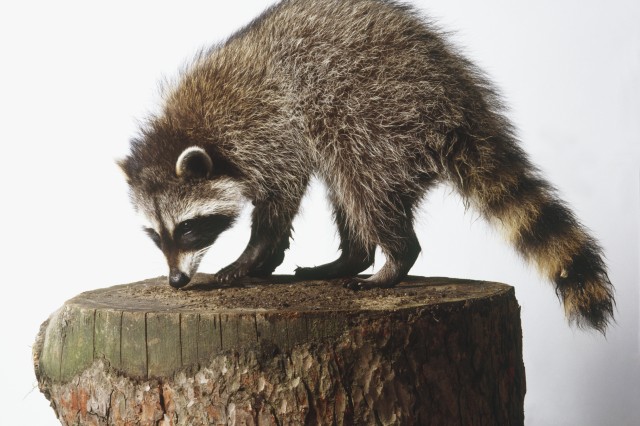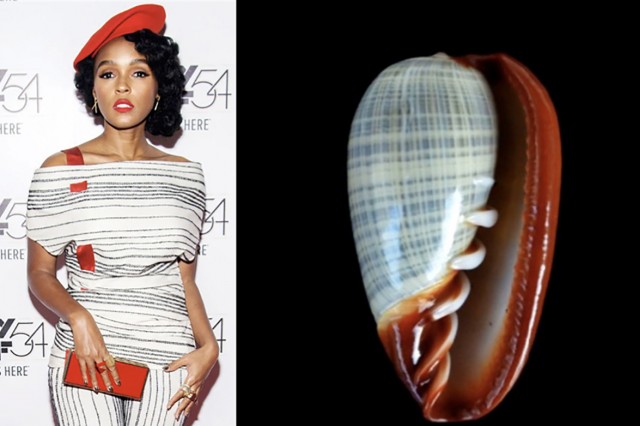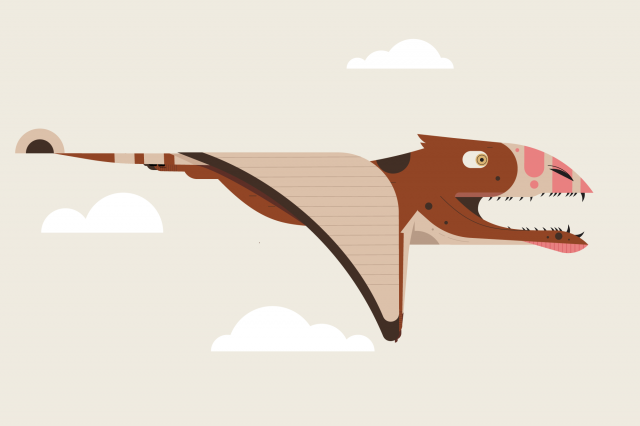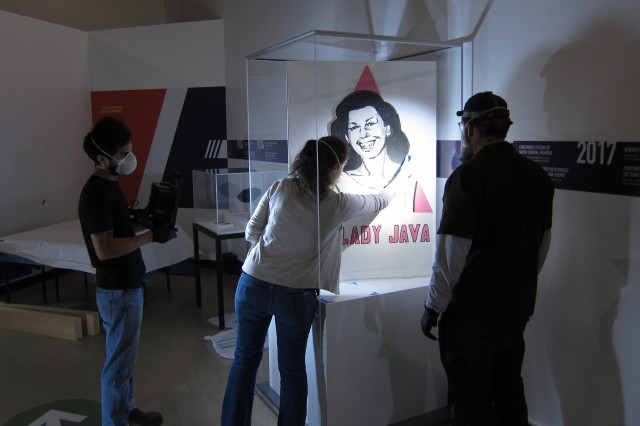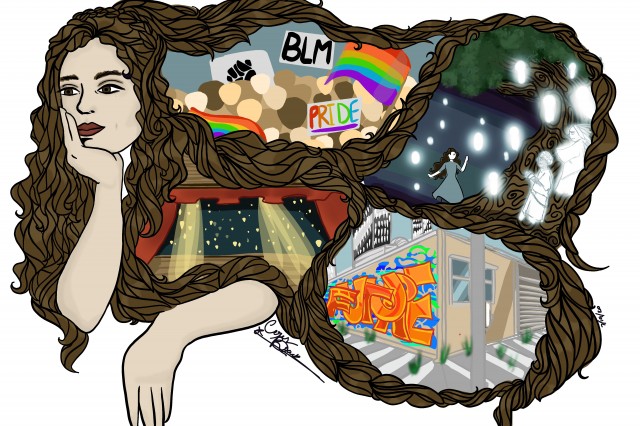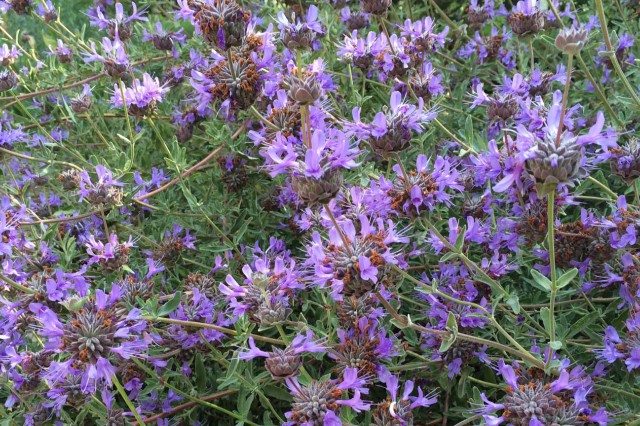
A Winter's Day in Wild L.A.
Take a stroll through the spectacular Kenneth Hahn State Park, one of L.A.'s less-traveled outdoor oases. Photography by Gina Cholick
By: Jessica Portner
Thanks to oil, water, and steep slopes, these scenic hills were spared from tract-home developments. Instead, this open space is a flourishing habitat for species that have been edged out by urban sprawl. Walk on to meet your L.A. neighbors.
As you hike along switchback trails towards the top, a 450-foot elevation, you can stop at a series of lookouts that offer eye-popping panoramas of faraway chocolate-colored hills that look to be cradling the downtown skyline.
Up top, the snow-capped mountain backdrop to the downtown skyline proffers the reward of a top-quality vista.
The lesser-known park is crisscrossed by seven miles of hiking trails, and is shockingly crowd-free, even on weekends.
Two of the park's earliest trailblazers, a stand of tall trees, greet and oxygenate the two-legged humans huffing by.
Parts of this park are covered with sage scrub habitat, where you'll spot coastal prickly pear cactus. The spines are a defense mechanism for protection from hungry animals. Starting in late spring prickly pears set forth their bright reddish-purple-colored edible fruits.
Ringed by woodlands, a lake glistens in the sunlight. Stocked with trout and catfish, the spot attracts fishermen, and a phalanx of waterfowl.
It's easy, most days, to spot flocks of birds circling around the lake's perimeter and seemingly skimming off the tops of the trees.
Down by the fishing pond are waterbirds, like this group of domestic mallards. Birdwatchers have identified 174 species in the park, including native birds, such as the American wigeon, the ring-necked duck, and the double-crested cormorant.
It's common to encounter American coots cruising in the pond, but keep a close eye out for smaller creatures, too!
Aquatic snails cling to rocks along the pond’s edge. If you take a moment to watch, you’ll see them busy at work, scraping algae off the rocks with their tiny, rasping mouthparts—this is why aquarium owners love to keep snails in their tanks: free cleaning!
A potbellied domestic swan goose ambles near the edge of the pond's mini waterfall. This is a well-traveled route for the park's webfooted daredevils.
A sun-streaked rushing stream is just a hop, skip and a jump from groves of eucalyptus, and a Japanese garden.
Kick back for a few. The cacophony of cars on L.A.'s streets has been replaced by the calls of birds, the ruckus that acrobatic tree squirrels make, and the sounds of other creatures who share your tranquil rest stop.
Along miles of dirt trails are side-of-the-road amazements, like this cathedral of trees at sunset.
Evening hikers may encounter species that have been displaced by L.A.'s urban sprawl (raccoons, opossums, mice, and rats), and even (if they are lucky), the gray fox.
From scenic trails to this overpass, the park bridges different flanks of the city.
A pump from an oil derrick bows to the sun. Land was acquired from former drilling sites to create the public open space park, and some of the adjacent oil wells are still in operation.

